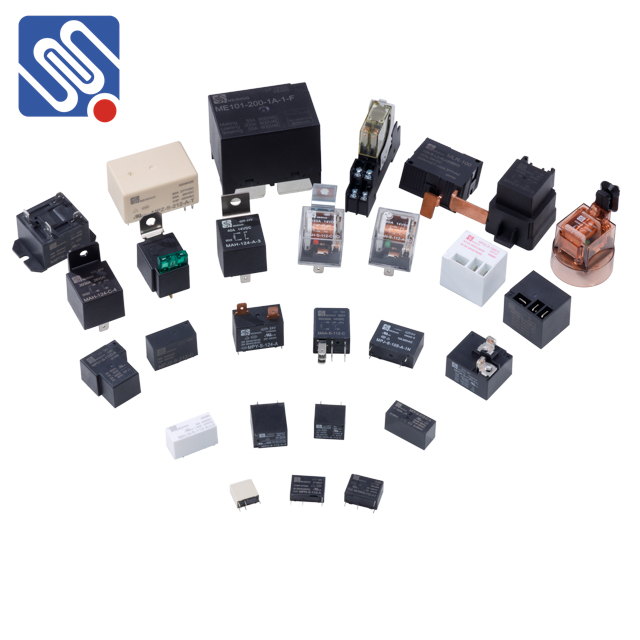Relays are essential electrical components widely used in various systems, from simple home appliances to complex industrial machinery. They function as electrically operated switches that can open or close circuits under specific conditions. These versatile devices come in different types, each designed to serve a unique function. Understanding the various relay types and their applications is crucial for anyone working in electronics, automation, or electrical engineering. In this article, we will explore the primary types of relays and how they are used in modern technology.

Electromagnetic Relays (EMR) The electromagnetic relay, often referred to as the traditional relay, is one of the most commonly used types. It consists of an electromagnet that, when energized, attracts an armature, which then either opens or closes contacts to control a circuit. These relays are reliable and cost-effective, making them ideal for simple applications such as switching a circuit on or off. Electromagnetic relays are primarily used in automotive systems, control panels, and remote switching applications. They are also prevalent in household devices like refrigerators and air conditioning units, where they can turn on or off based on specific conditions. The main disadvantage of electromagnetic relays is that they are mechanical, and the moving parts are subject to wear and tear, limiting their longevity.